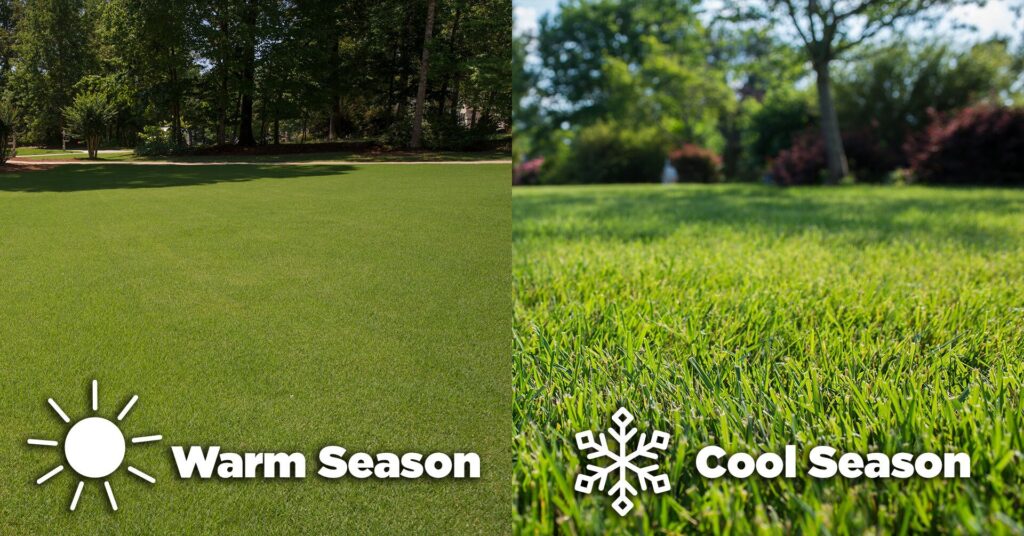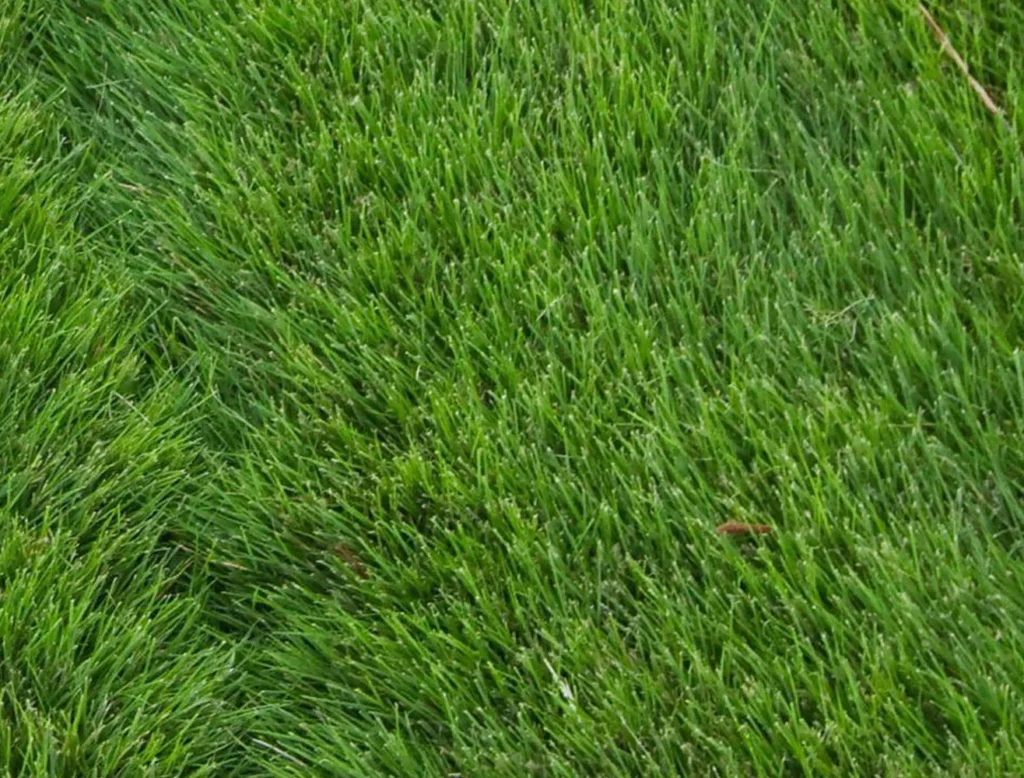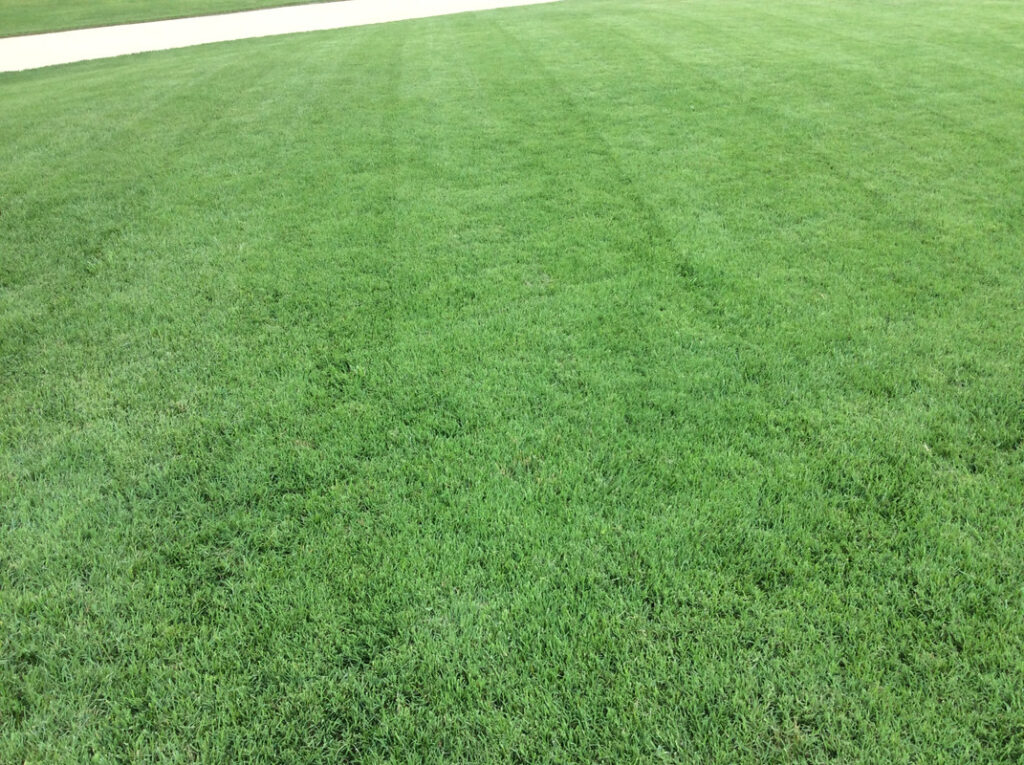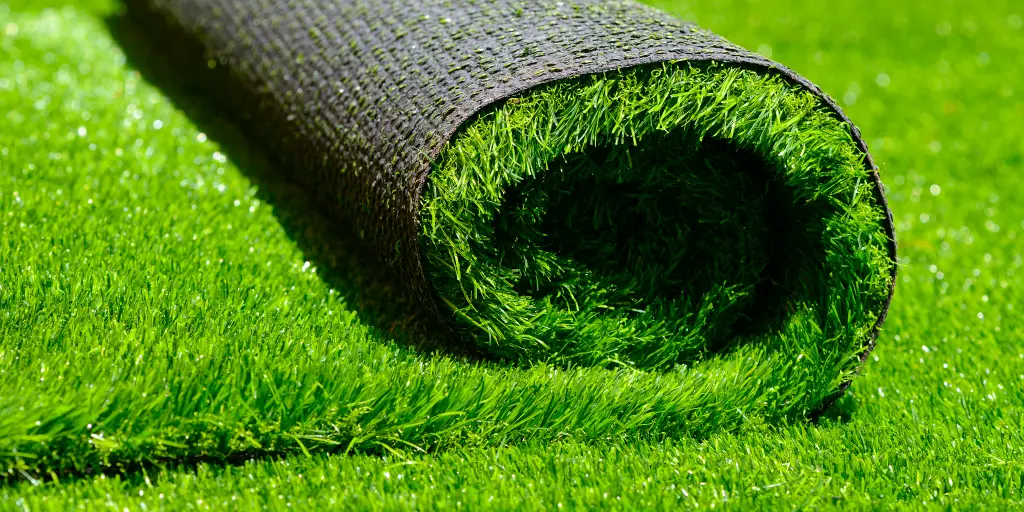Having a lush green lawn can be a great addition to any home. However, with so many different types of grass to choose from, it can be difficult to determine which one is right for you. Each type of grass has its own set of benefits and drawbacks, and it’s important to understand them before making a decision. In this article, we will discuss the various types of grass commonly used for lawn care and their respective pros and cons. Whether you are looking for a durable grass for high traffic areas or a low maintenance option, we’ve got you covered.

Warm Season Grasses
Warm-season grasses are popular in hot and humid regions, such as the southern part of the United States. They are known for their tolerance to drought and heat, making them an ideal choice for homeowners who live in areas with hot summers. Here are some of the most popular warm-season grass types:
- Bermuda Grass: Bermuda grass is a warm-season grass that is commonly used on golf courses and sports fields. It is known for its durability and ability to withstand heavy traffic. Bermuda grass is also a fast-growing grass that can quickly cover bare spots.
- Zoysia Grass: Zoysia grass is a low-maintenance warm-season grass that is known for its drought tolerance and ability to resist pests and diseases. It has a fine texture and is a great choice for areas with moderate foot traffic.
- St. Augustine Grass: St. Augustine grass is a popular choice in the southern states due to its tolerance to shade and salt. It is a coarse-textured grass that is ideal for areas with high foot traffic.
- Centipede Grass: Centipede grass is a low-maintenance, warm-season grass that is often used in residential areas. It has a fine texture and is known for its tolerance to drought and low fertility.
When choosing a warm-season grass, it’s important to consider the specific conditions of your lawn. Some warm-season grasses require full sun, while others can tolerate partial shade. Additionally, certain types of warm-season grasses may be more susceptible to pests or diseases, so it’s important to consult with your local lawn care professionals to determine which grass type is best for your lawn.

Cool Season Grasses
Cool season grasses thrive in regions with cooler temperatures and are best suited for northern regions or higher elevations in Utah. These grasses typically grow during the spring and fall seasons, slowing down or going dormant during the hot summer months.
- Types of cool season grasses:
- Kentucky Bluegrass: This is the most commonly used cool-season grass in Utah. It has a fine texture, deep green color, and forms a dense turf. Kentucky bluegrass requires regular watering and fertilization to maintain its appearance.
- Fine Fescue: Fine fescue is a group of grasses that includes creeping red, chewings, hard, and sheep fescue. They have a fine texture and are shade-tolerant, making them ideal for areas with partial or full shade. Fine fescue requires less water and fertilizer than Kentucky bluegrass but may need more frequent mowing.
- Perennial Ryegrass: This grass has a medium texture and is known for its rapid germination and establishment. It forms a dense turf and is often used for overseeding warm-season grasses in the fall to maintain green color during the winter months. Perennial ryegrass requires regular watering and fertilization to maintain its appearance.
- Pros and cons of cool season grasses:
Pros:
- Cool season grasses can tolerate cold temperatures and continue to grow during the cooler months.
- They have a deep green color and fine texture, making them visually appealing.
- Some cool season grasses are shade-tolerant, making them ideal for areas with partial or full shade.
Cons:
- Cool season grasses require more water and fertilizer than warm-season grasses.
- They are not drought-tolerant and may require more frequent watering during hot summer months.
- Cool season grasses may go dormant during hot summers, causing them to turn brown and lose their aesthetic appeal.

Mixed Grass Lawns:
Another option for lawn types is to use a combination of both cool and warm-season grasses. This type of lawn is commonly known as a “mixed grass lawn” and can provide several benefits. Mixed grass lawns can maintain their green color throughout the year and tolerate extreme temperatures better.
One of the most significant advantages of mixed grass lawns is their ability to tolerate drought better. Since a mix of warm and cool-season grasses is used, there is always one type of grass that can withstand dry conditions better than the other. So, when one type of grass is struggling, the other type can take over and keep the lawn looking healthy.
However, one drawback of mixed grass lawns is that they require more maintenance than other types of lawns. Different types of grass have different maintenance requirements, which can be difficult to manage. Additionally, mixed grass lawns can be more expensive to establish as they require a more extensive range of grass seed types.
Despite this, mixed grass lawns can be an excellent option for homeowners who want a lush and green lawn year-round. It is essential to consult a lawn care professional to determine which grasses are best suited for your specific region and climate.
In the next section, we will discuss the pros and cons of artificial grass.

Artificial Grass
Artificial grass, also known as synthetic turf, is a low-maintenance and cost-effective option for those who want a lush, green lawn all year round without the need for regular watering, fertilizing, and mowing. Here are some pros and cons of artificial grass:
Pros:
- Low maintenance: No need for watering, mowing, or fertilizing. This can save you time and money in the long run.
- All-season use: Artificial grass stays green all year round, even in harsh weather conditions.
- Durability: Artificial grass is durable and can withstand heavy foot traffic, making it ideal for families with children or pets.
- Conserves water: Since artificial grass doesn’t require watering, it’s an eco-friendly option that conserves water resources.
Cons:
- High upfront cost: Installing artificial grass can be expensive, and the cost varies depending on the size of the area and the quality of the materials used.
- Less natural: Artificial grass doesn’t have the natural feel and texture of real grass, and some people may find it less appealing.
- Heat absorption: Artificial grass can absorb and retain heat, making it uncomfortable to walk on during hot summer days.
- Environmental impact: Artificial grass is made from synthetic materials, which can have an impact on the environment.
It’s important to weigh the pros and cons of artificial grass before making a decision. While it may be a low-maintenance option, it’s important to consider the environmental impact and the upfront cost.
In conclusion, choosing the right type of lawn for your home can be a tough decision. There are many factors to consider, such as climate, water availability, maintenance requirements, and personal preferences. Warm season grasses are perfect for those living in hotter climates, while cool season grasses are ideal for those living in cooler climates. Mixed grass lawns offer the benefits of both warm and cool season grasses, while artificial grass provides a low maintenance and water-saving option.
Ultimately, the decision on which type of lawn to choose comes down to your individual needs and preferences. Consider consulting with a local lawn care professional to help you make an informed decision based on your specific circumstances. By following the pros and cons of each type of lawn and taking the necessary steps to maintain it, you can enjoy a beautiful and lush lawn that you can be proud of.







